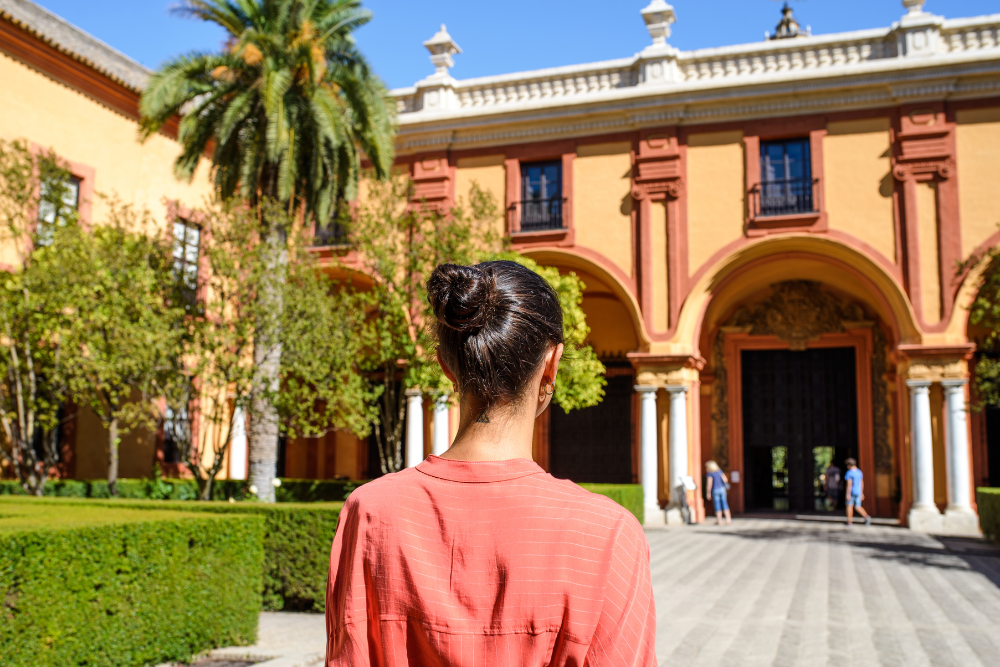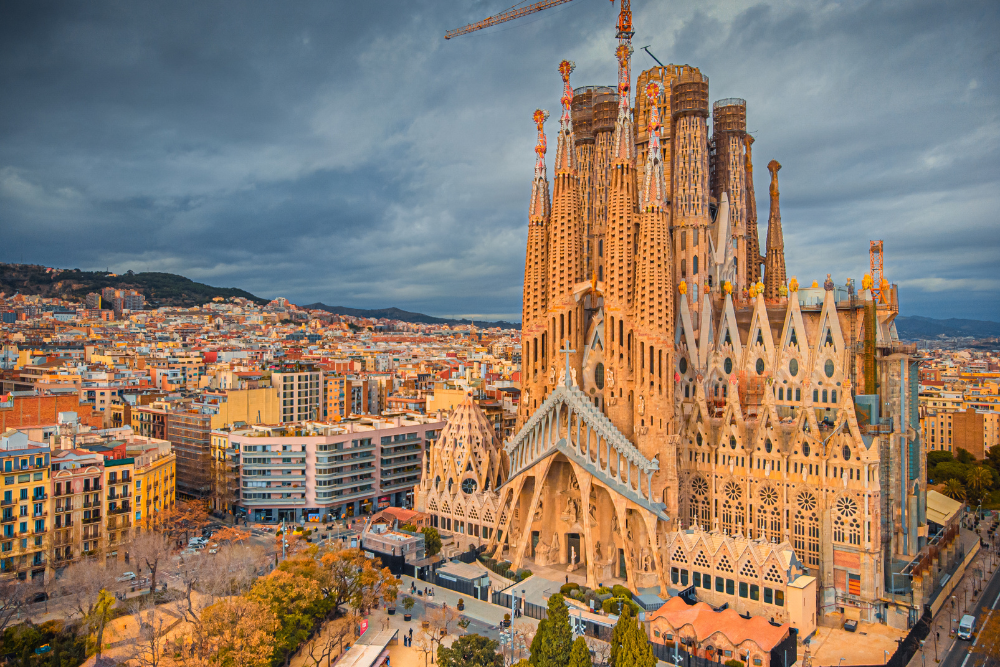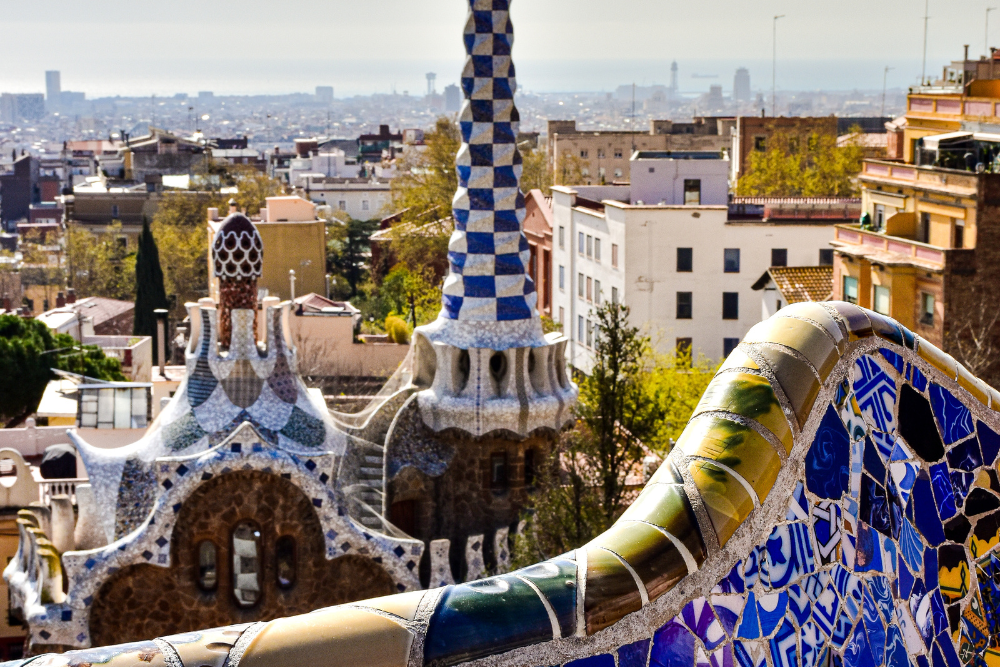Pablo Picasso, one of the most influential artists of the 20th century, was born in Spain, and the country played an essential role in shaping his creative genius. From his early years in Málaga to his time in Barcelona, Madrid, and beyond, Picasso’s Spain is a landscape of cultural landmarks, art collections, and stories that offer insight into the life and work of the master. Embark on a journey through the places that influenced Picasso and experience Spain through the eyes of this visionary artist.
1. Málaga: The Birthplace of a Genius

Our journey begins in Málaga, the southern city where Picasso was born on October 25, 1881. Known for its Mediterranean charm, Málaga’s streets and architecture are imbued with the essence of the early years of the artist’s life. Visit the Picasso Birthplace Museum (Museo Casa Natal de Picasso), where you can explore the house where Picasso was born and learn about his childhood. The museum showcases early works, personal letters, and items from the artist’s life.
Málaga is also home to the Museo Picasso Málaga, housed in the Palacio de Buenavista, a stunning Renaissance building. This museum offers a rich collection of over 200 works by Picasso, spanning from his early academic studies to his later groundbreaking pieces. The museum’s exhibitions highlight Picasso’s connection to his homeland, his evolution as an artist, and his ties to the region’s rich artistic heritage.
2. Barcelona: A City of Artistic Beginnings

While Picasso’s roots are in Málaga, it was in Barcelona where the young artist truly began to form his identity. Picasso moved to Barcelona in 1895 at the age of 14 to attend the School of Fine Arts. He fell in love with the vibrant cultural scene in the city, and it was here that he met other like-minded artists and intellectuals who would influence his work.
One of the must-visit places is the Museu Picasso in the El Born district. Located in a series of medieval palaces, this museum is dedicated to Picasso’s formative years and houses over 4,200 works. The collection includes pieces from Picasso’s time in Barcelona, offering a glimpse into his early development, especially his blue and rose periods. The museum provides a great understanding of how Barcelona’s bohemian atmosphere shaped the artist’s early career.
Strolling through the narrow streets of El Born will also bring you closer to the places Picasso frequented, such as the Els Quatre Gats café, where he and other artists gathered to discuss their work and ideas. This café became a center for the modernist movement, and Picasso’s early sketches are still on display there.
3. Madrid: The Artistic Epicenter

Madrid is another city where Picasso’s influence remains ever-present. A trip to Madrid would not be complete without a visit to the Museo Reina Sofía, one of Spain’s premier art museums, which houses the famous Guernica, one of Picasso’s most powerful and political works. Painted in 1937, Guernica depicts the horrors of the Spanish Civil War and is considered a masterpiece of modern art. The dramatic scale and emotional intensity of the painting make it a must-see when exploring Picasso’s work.
The Museo del Prado, located in Madrid, also contains significant works from Picasso’s early years, including pieces inspired by classical artists like Velázquez and Goya. Although Picasso famously rebelled against traditional artistic norms, his early exposure to the classics played an important role in his technical development.
4. Horta de Sant Joan: The Catalonian Retreat

While Picasso spent his early years in the vibrant cities of Spain, it was in the rural town of Horta de Sant Joan, in Catalonia, where Picasso found some of his most significant artistic inspiration. In the summer of 1898, Picasso stayed in a small guesthouse in this picturesque village in the Els Ports mountains, surrounded by olive trees and the stark beauty of the Catalonian landscape. The peaceful atmosphere and rural surroundings helped Picasso develop his artistic style and deepen his connection to nature and the landscape.
This quiet retreat marked a pivotal moment in Picasso’s artistic journey, as he experimented with new techniques and styles. His time in Horta de Sant Joan inspired a series of works that represent a shift towards more Cubist influences. Today, you can visit the Picasso Museum in Horta de Sant Joan, which features several works from this period, as well as exhibitions that explore Picasso’s time in the region.
5. The Blue Period: The Influence of Barcelona and Madrid

Picasso’s Blue Period (1901-1904) is one of the most emotionally charged phases of his career. During this time, his work was dominated by somber blue tones, influenced by personal loss and the struggles of the poor and marginalized. Many of Picasso’s most famous blue period works were created in Barcelona and Madrid, where he was deeply moved by the poverty and hardship he witnessed in the cities.
Madrid’s Museo Reina Sofía and Museo Picasso Málaga both house iconic paintings from this period, such as La Vie and The Old Guitarist. The works are marked by their melancholy and sense of isolation, capturing the dark, introspective side of the artist’s early career. Exploring Picasso’s Blue Period is essential to understanding his emotional journey as an artist and the deep connection he felt with the human condition.

Exploring Picasso’s Spain is more than just visiting galleries; it’s about immersing yourself in the places and stories that shaped the world’s most revolutionary artist. From his early years in Málaga to his formative time in Barcelona, his political reflections in Madrid, and his artistic retreats in Horta de Sant Joan, Picasso’s Spain is as diverse and complex as the man himself. By following his journey through the country, you can trace the development of an artistic genius who continues to inspire and challenge the art world.












